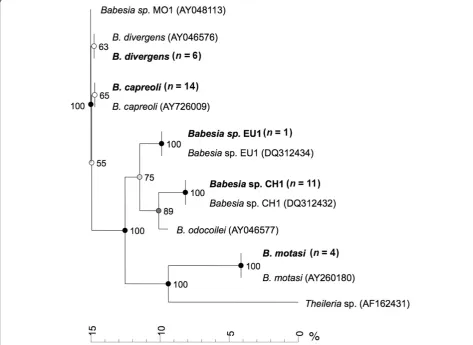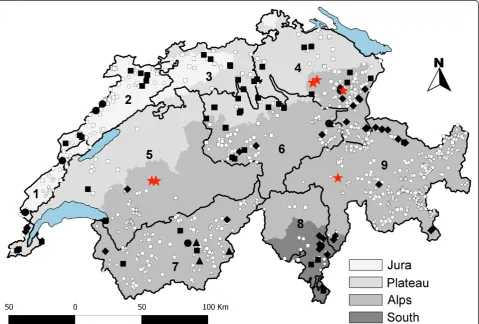Babesia spp. in European wild ruminant species: parasite diversity and risk factors for infection
Full text
Figure




Related documents
The study presented in this paper considers fountain-coded data flooded through a network up to a given destination, and provides fundamental insights on the interplay between
Louis Baltimore Boston Chicago London Madrid Philadelphia
The current study aimed to validate a Malay language version of OLBI (OLBI-M) among medical students in one of the largest public university in Malaysia. This study was designed
And I just was reading and (thank you, sister), and the Lord just seemed to put a little something on my heart to bring to the church, and I thought it was time to do it. And now,
Both groups had five dynamic balance assessments with a Biodex Stability System (anterior/posterior, medial/lateral, and overall balance index) before, during and after the
( B ) NCI-N87-HR and MKN45-HR cells transfected with siRNAs against ARPP-19 (siARPP-19) or negative control siRNA (siNC) were treated with Herceptin (10 µg/mL) or vehicle for 6
sativa extract on the kidney histopathological changes in diabetic rats as a result of nephropathy, and bearing in mind the fact that the onset of nephropathy is shortly
Therefore, the effect of NIV on survival was compared in patients aged 65 years and older of age at the time of diagnosis, designated as Group 1 and Group 2 respectively.. Based
